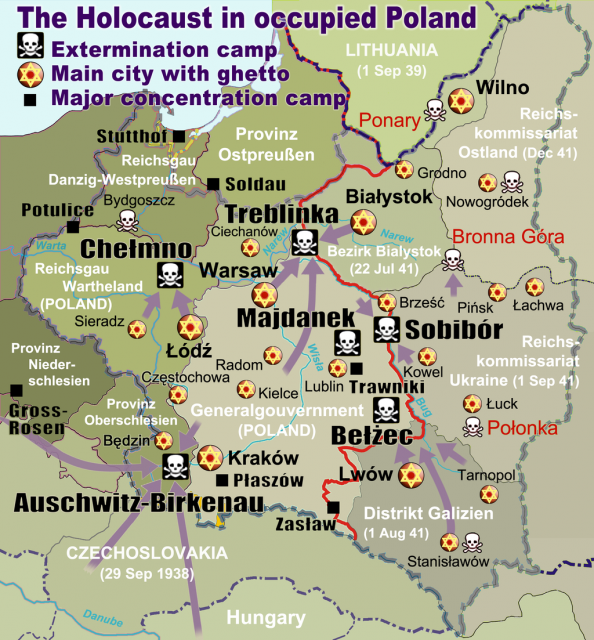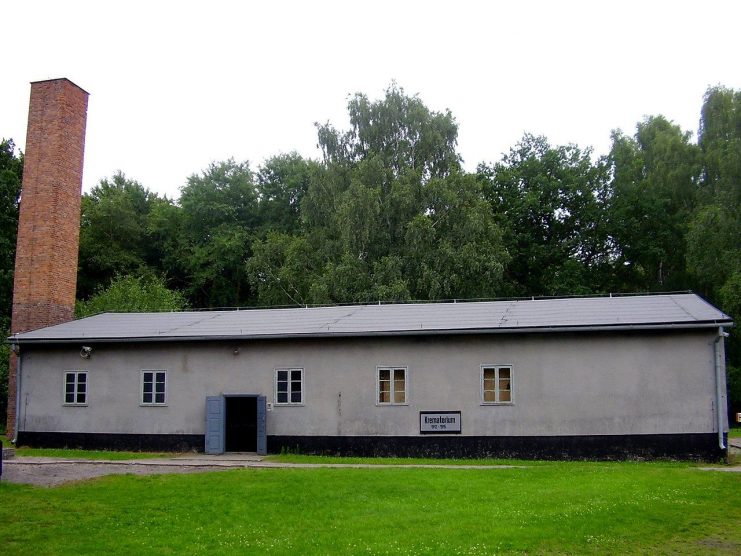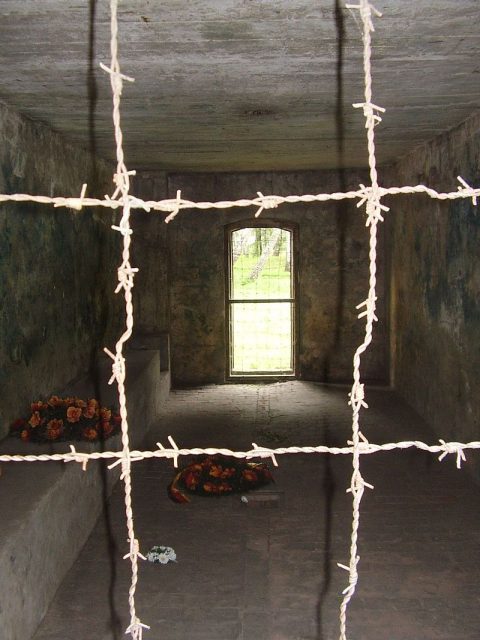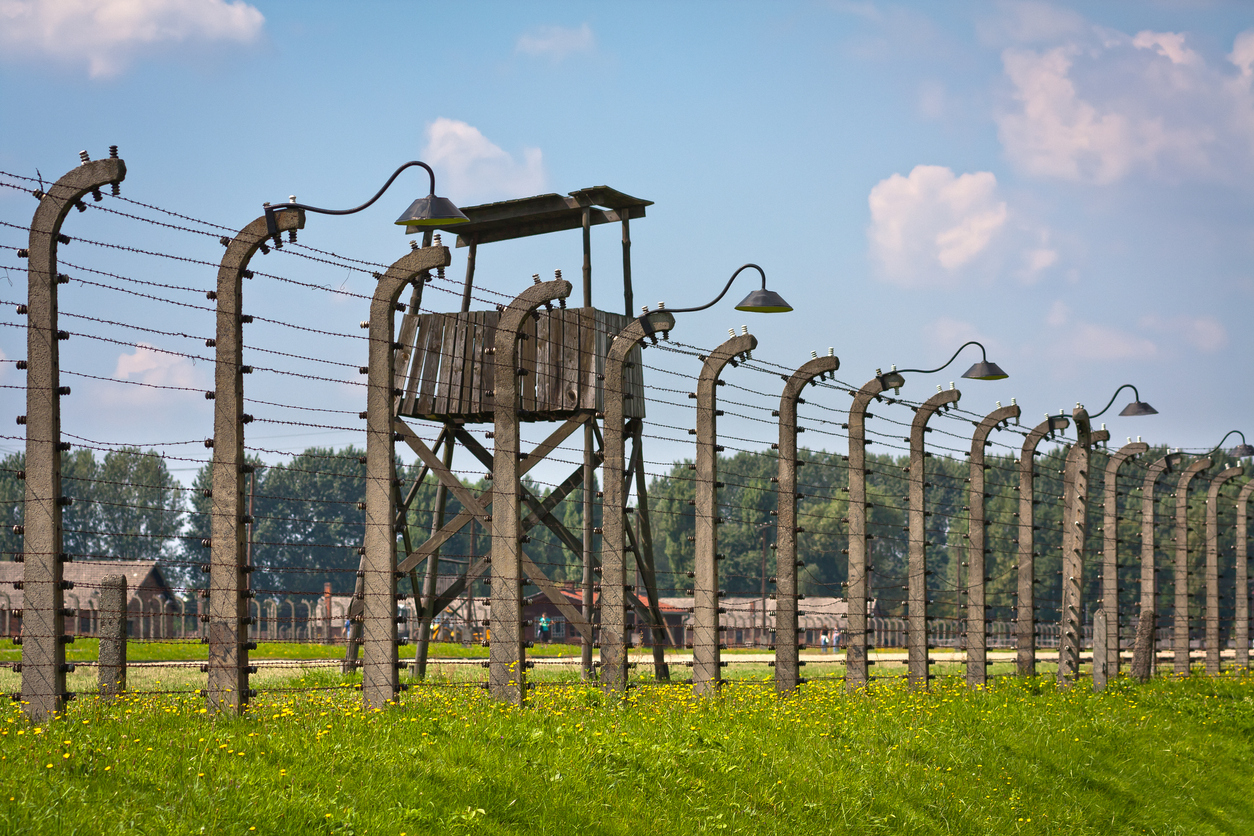In Hamburg, Germany, a court decided to go forward with a trial of a 92-year-old man. The trial is set to begin on October 17.
The man, who was not named, is to be tried on 5,230 counts of accessory to murder. This is in connection with his role in the Stutthof concentration camp during World War II. The court said that the man was supportive of the “treacherous and cruel” murders of Jewish inmates at the camp in Nazi-occupied Poland.
A spokesman for the court said that even though the man’s health was frail, he was still healthy enough to be tried. Each session of the trial will last no more than two hours.
The main office in Germany for investigating Nazi war crimes has estimated that 65,000 people were killed in the Stutthof camp which was built east of Gdansk.

The man is a citizen of Hamburg. He was allegedly deployed in to Stutthof from August 1944 to April 1945. The camp was liberated on May 9, 1945, by Allied forces.
The prosecutor’s office said that they had received a partial confession from the suspect. He admitted that he did work at the camp and that he had knowledge of prisoners being forced into gas chambers.
He also confessed to seeing bodies burned in a crematorium. In spite of these things, the suspect has maintained that he is innocent of the charges.

The man said that, even if he had left, the Nazis would have just found someone else to take his place.
The prosecutor’s office has a different take. They argue that this man provided a necessary function which allowed it to continue its purpose of exterminating people.
There are over a dozen survivors of Stutthof who are listed as joint plaintiffs.
The man will be tried in juvenile court because he was 17 and 18 at the time he served in Stutthof. The potential penalty for his crime is between six months and 10 years in jail.
The Stutthof concentration camp was built in 1939 by the Nazis west of Stutthof, which was about 22 miles east of Danzig (now known as Gdansk).
It began as a civilian internment camp under the authority of the Danzig police chief. In 1941, the camp was made a “labor education” camp which was under the control of the German Security Police. Then, in January of 1942, Stutthof was made into a concentration camp.

It’s estimated that as many as 100,000 people were sent to Stutthof. Most of the prisoners were Polish non-Jews. There were also Polish Jews from Warsaw and Bialystok. In 1944, Jews were sent to Stutthof from camps that were evacuated before the advancing Russian army.
Prisoners who were believed by the guards to be too weak or ill to work were sent to the gas chamber. Doctors at the camp would give lethal injections to prisoners who were sick or injured.
Prisoners at Stutthof were used for forced labor. Many worked at nearby businesses owned by the German SS. In 1944, Stutthof became a large network of forced-labor camps consisting of 105 subcamps used to build ships, planes and armaments for the war effort.
In January of 1945, the camp held almost 50,000 prisoners – mainly Jews. They were evacuated and forced to march. 5,000 were marched to the Baltic Sea and machine gunned in the water.
The rest were marched to Eastern Germany but the Russian army blocked the way so they were marched back to Stutthof. Thousands died due to the winter conditions and the brutal treatment by the guards.
In April of 1945, the Russians had completely surrounded Stutthof. About 4,000 prisoners were evacuated by sea to Germany. Many drowned on the way. It is believed that half of the 50,000 prisoners died during the evacuations.
Stutthof was liberated by the Russians on May 9, 1945. One hundred prisoners who had hidden in the camp during the evacuations were freed.
Another Article From Us: Survivor of Auschwitz Celebrates Her Birthday With Family of 400
